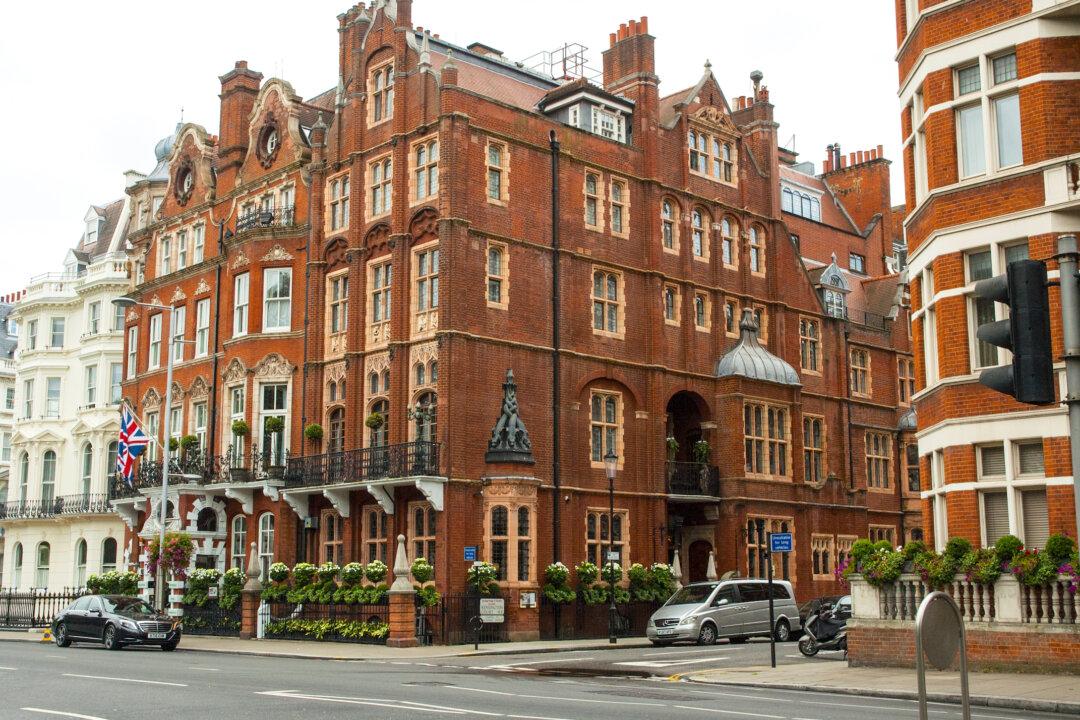Before I visited Belgium for the first time, I associated this tiny land with beer, chocolate, fries, and lace. I knew that it had been a solid centre of European commerce for centuries, although I was very hazy about which cities had prospered as a result.
To my surprise, I learned that the Belgian city of Ypres already had a population of 40,000 in the Middle Ages at a time when Paris had 100,000 people. Ypres was a centre of textile trade and manufacturing in the Belgian area of Flanders, enjoying the same importance as Bruges and Ghent. However, Bruges and Ghent, (best known for their marvellously preserved town centres) today overshadow Ypres when one thinks of ancient, historical Belgian towns.
This may be due to the horrific shelling that Ypres endured in World War I, when the town and region, part of the Ypres Salient, found itself at the centre of the fierce and agonizing trench warfare that characterized war. This is also the area where “In Flanders Fields,” the famous war poem by Canadian surgeon Major John McCrea, was penned in 1915.
Major McRae had just witnessed the death of a friend in the killing fields at a Belgian farm on Allied territory not far from enemy lines. Today, at nearby Essex Farm Cemetery, one can visit the many graves of known and unknown soldiers who perished 100 years ago.
The original concrete blockhouses can be visited, where the many wounded and dying were treated in casualty stations, stretcher rooms, and dressing stations at the location of today’s cemetery. Soldiers from Commonwealth countries like Canada, New Zealand, and Australia are buried here, including a 15-year-old lad from England, Rifleman Strudwick. Recent research indicates that children as young as 11 went off to fight during WWI.
Very close by is a place of infamy—the battlefield where, on April 26, 1915, chlorine gas was first used with disastrous results. It was a surprise innovation, and the Allies had no defense against it. In spite of the heavy losses, Canadian soldiers reclaimed the area almost immediately, dousing handkerchiefs with urine, the ammonia neutralizing the gas. But not, sadly, in time to save many soldiers from an agonizing death. A huge statute, the Brooding Soldier at the St. Julien Memorial site, commemorates the 2,000 Canadian soldiers killed in that battle.
Remnants of War
Unexploded shells, including those filled with poison gas, are still regularly uncovered in fields here. The area around Ypres saw constant, horrific fighting in unbearable muddy conditions for four years. Canadians remember the Third Battle of Ypres, also referred to as the Battle of Passchendaele, because of the incredible loss of life that resulted—250,000 casualties on the Allied side alone. Just as unexploded shells abound, it is estimated that in the fields the remains of tens of thousands of missing soldiers remain buried and unaccounted for.





